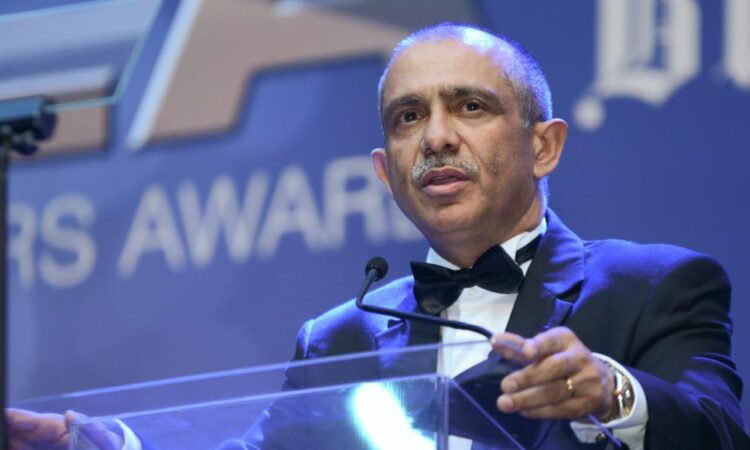
There has been an explosion in the number of conferences in Africa over the last 12 months. While the diary was always busy, it seems like anyone not engaging with or traveling to some part of Africa exploring ideas, would be missing out. The themes follow the flavor of our present time; the environment, energy (in all its avatars), trade, agriculture, infrastructure, and the complete value chain of finance and education. Most global multilaterals and institutions were in Africa this year and we had a bird’s eye view of almost all the discussions through some very insightful interviews on our television platform, CNBC Africa. The cherry on the top was the BRICS Summit meetings in South Africa with a clear message to the west that the new-world alignments are an indication of the future of our world where a rebalance is inevitable; the incongruity of the past has to be realigned giving a greater voice to developing economies.
I have over the last several years, like many others, been raising an important issue; the relevance of the United Nations (UN) as it stands today. This was further underscored by none other than the Secretary General of the UN. A bit of history will provide context. The League of Nations was the first inter-governmental organization that was established after World War I to ensure peace and stability. It lasted 26 years. The United Kingdom (UK), Japan, Italy and France were the four permanent members of the executive council and only 58 countries (its highest level of member states) were part of the League of Nations. Italy and Japan left the League for their roles in aggression and conflicts. The United States (US) never joined the League of Nations and some departments of the League of Nations were transferred to the UN, which was formed in 1945 after World War II.



